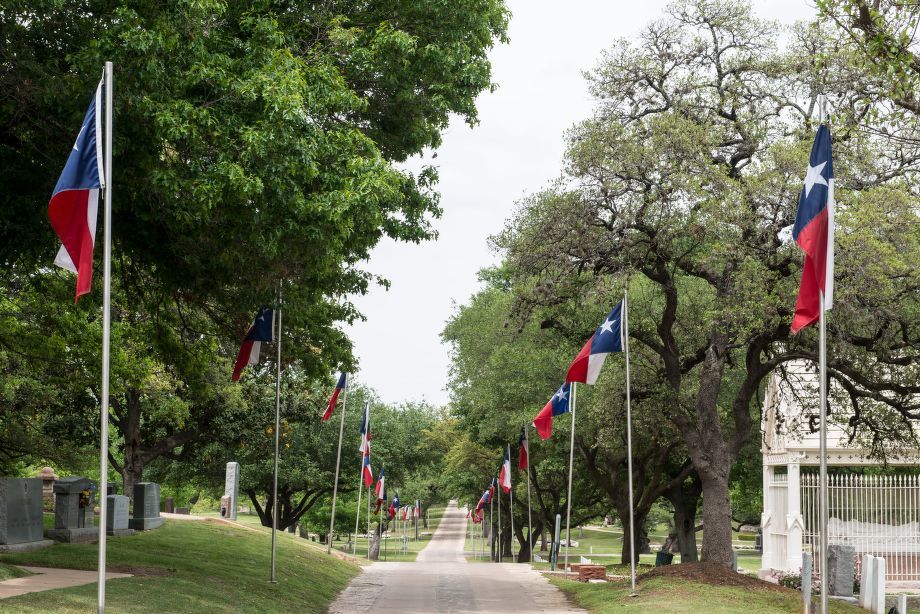Description
At Liberty Flagpoles, we do our best to give you a price that includes everything. With this in mind, we have decided to simplify our shipping process. All orders over $200 that ship through UPS or USPS are absolutely free!
Any items that ship through freight/LTL shipping will incur a singular flat rate fee* regardless of the quantity of poles or size. This is a $479 fee for freight shipping, and with that, we are still sharing in the cost of shipping with you. We feel we owe that to you as our customer. As a note - all LTL freight requires the customer to unload the item.

********Please inspect the flagpoles prior to signing for the delivery. Any damages (or possible concealed damage) or shortages must be noted on the POD/BOL they sign, or the freight company considers it free & clear delivery. Liberty Flagpoles will not be responsible for damages or missing items noted after delivery was signed for free & clear. Free and clear signature means you agree that no damage occurred and no items were missing. Please contact Liberty Flagpoles immediately for freight damage or shortages, the window to report them is very short.********
Our average cost for a 20-25' one-piece flagpole is roughly $500, and costs only rise from there.
For orders under $200, we have highly discounted shipping rates to offer you, and we also provide multiple options to ensure you get the lowest possible shipping cost.
So we are doing our best to shield our customers from the fluctuations in the shipping industry.
Please see below for our current estimates on ship times—if you have any questions on shipping times, please reach out to us directly.
Call: 1 800 314 2392
Email: Support@libertyflagpoles.com
-------------------------------------------------------------------------
- Shipping for our heavy-duty telescoping flagpole and flagpole kits is running approximately 3-6 days
- Our commercial flagpoles can take between 1 and 4 weeks to ship depending on stock and trucking availability. "Commercial" refers to any one-piece flagpole that ships by freight. This assortment includes:
- Residential Series One-Piece Aluminum
- Professional Series One-Piece Aluminum
- Premium Series One-Piece Fiberglass
- All Flagpoles Under 'Commercial Flagpoles'
- Generally any item that ships by freight—as freight first picks up from our facility to bring to theirs, then it is scheduled for a truck. The process is extended due to the need for freight delivery. When freight does pick up from us, your order is now subject to our return policy, as it has 'left the station.' Meaning we cannot simply cancel your order, as we have already been charged freight and shipped your pole.
- NOTE: This means you will not receive tracking until we have it—once it has been scheduled by freight to be delivered to you.
- If you choose to have your flagpole anodized, you need to add 2-4 weeks to the above timeframe for the anodizing process to take place.
- If you choose to have your flagpole powder coated, you need to add 2-4 weeks to the above timeframe for the powder coat process to take place.
- These time frames are estimates, and we provide estimates that we aim to beat. If your flagpole project is time sensitive, please reach out through our request a quote feature and talk with our team.
- FURTHER - during peak season many variables occur - if you need a specific quote on time please contact us. Please consider adding 2 weeks to these estimates during peak shipping season to ensure timely delivery.
- As with all typical freight deliveries, the customer is responsible for unloading the item. This means you need to be prepared to get your flagpole yourself, the driver is not required to help.
- For questions regarding commercial flagpole shipping, please contact us FIRST before placing an order. Changes to your delivery address may incur additional fees from the freight company. The freight company may ask you to meet them somewhere if they believe they will struggle to get their truck directly to you.
- If your address is too difficult for our main freight delivery service, we can procure you additional, direct quotes, but you will be responsible for the additional costs of the independent trucking service.
- When the order is with freight, it is no longer in our control. You need to speak with the freight company to set up delivery. They will not deliver to you without first scheduling a date and time frame. If you have not spoken with them directly about a date and time frame, you should not expect delivery of your flagpole. This is why we require a phone number, and delaying your own delivery by not speaking with freight can incur additional charges for your delivery. Those charges are your responsibility.
-
If you need to change your delivery address, you may incur a fee. If the pole has not been sent to freight, we can do this at no charge; however, if the pole is with freight, it will likely incur a reconsignment fee. If the freight company charges us a reconsignment fee, you are responsible for covering it, and we will issue an invoice for your payment. The cost will be at the rate we are charged and no more. Your purchase signifies your acceptance of this entire policy, including the terms outlined here.
- We are not the freight company, and we do not control them. They are a third-party delivery service. They may experience delays beyond our control, and they may have requests or requirements beyond our control. We are not responsible for these things; we act as a liaison between you and the delivery service.
- If for whatever reason they are unable to contact you (they will call ahead to schedule delivery; you must answer their call and set a firm delivery date; they will not deliver without setting a day and time with you directly), they will generally begin to charge storage fees if they have to hold onto your flagpole due to missed delivery, returns, etc. Whatever the reason, you will agree to be fully responsible for those charges. If you are returning a flagpole that is not damaged and it has storage fees associated with it, those fees will be above and beyond the 50% restocking fee. This clause also stands for additional shipping charges that may be incurred, including if you signed free and clear but are missing items. It is expensive to ship these poles and accessories, and we are already sharing in the expense with you by offering our flat rate shipping program. Thank you for your cooperation.
- *Our flat rate fee is for the lower, continental 48 states. If your purchase requires a ferry, crosses bodies of water, incurs additional exceptional charges, or is outside of the lower 48, we can work with you to provide independent quotes for delivery or ship to a freight forwarder of your choice in the lower 48. Our flat rate fee is a courtesy to our customers, for typical shipping based on our standard rates.
- Our flat rate does NOT include early shipment of your ground sleeve—our flat rate includes all items for your flagpole; by separating the sleeve and shipping it early, we incur additional costs. We simply ask you to pay that additional shipping fee since we are already covering part of the cost of your freight shipment. Thank you for your cooperation.
- We apologize for any inconvenience this may cause. This shipping policy is the only definitive policy you should consider for our shipping standards. Shipping is a large process and we want to make it as easy and clear as possible. If you have a question - ask before you buy. By making a purchase, you agree to the standards outlined in this shipping policy page. This rule supersedes any other potential language you may observe on the website or through communication with employees, as we always try to maintain our language. Sometimes we miss things. We operate in good faith and hope you will do the same.
Purchasing a flagpole from Liberty Flagpoles means that you are fully aware of and fully agree with our shipping policy. Thank you for choosing Liberty Flagpoles!
Note: Shipping rates displayed in ads may reflect the lowest available method but are not guaranteed for all items.
Oversized or freight-shipped products will show accurate shipping costs during checkout based on product size and destination.
Payment & Security
Your payment information is processed securely. We do not store credit card details nor have access to your credit card information.
- Reviews
- Questions
- winds
- teens
- High Wind Flags
- digits
- flags
Great Flag
We get a lot of wind in teens to 20 mph, but mostly in the single digits. It’s during the higher winds that the High Wind Flags are needed. They last far longer than the regular flags. Just replaced them after 1-1/2 years of use. These flags work great in high winds.
wonderful display of USA and Texas Republic flags
Aside from having to figure out how to put it together (bad instructions) the pole is easy to work with and great looking.
TX State Flag
Great quality. I'm happy to have the flag.
New Texas Flag
This was just what I wanted. I bought a lesser quality flag and it was torn within a month.




